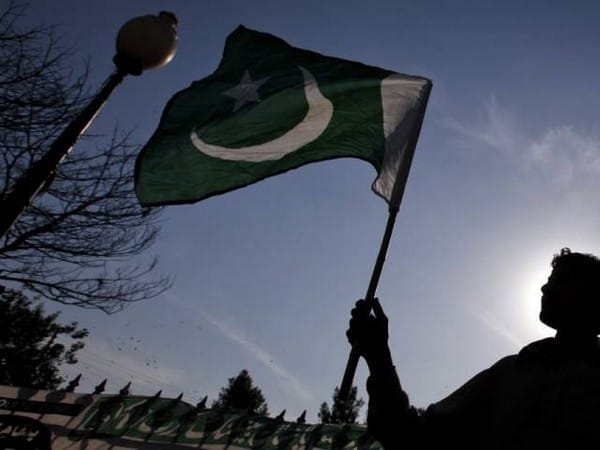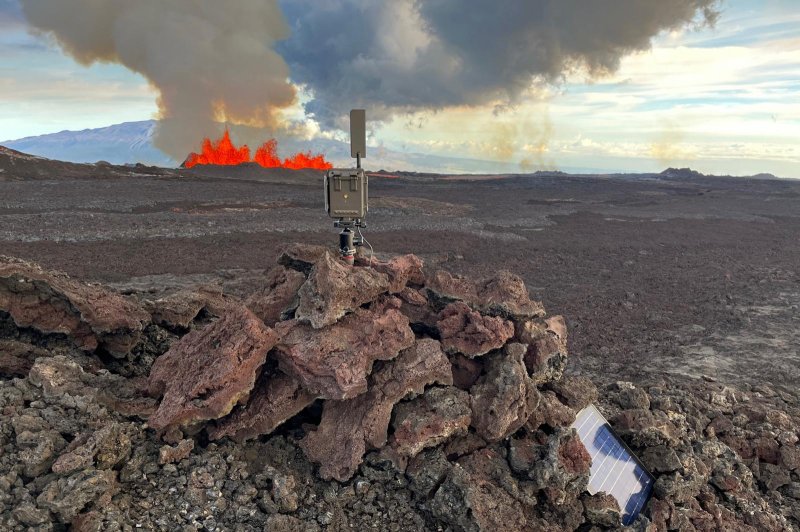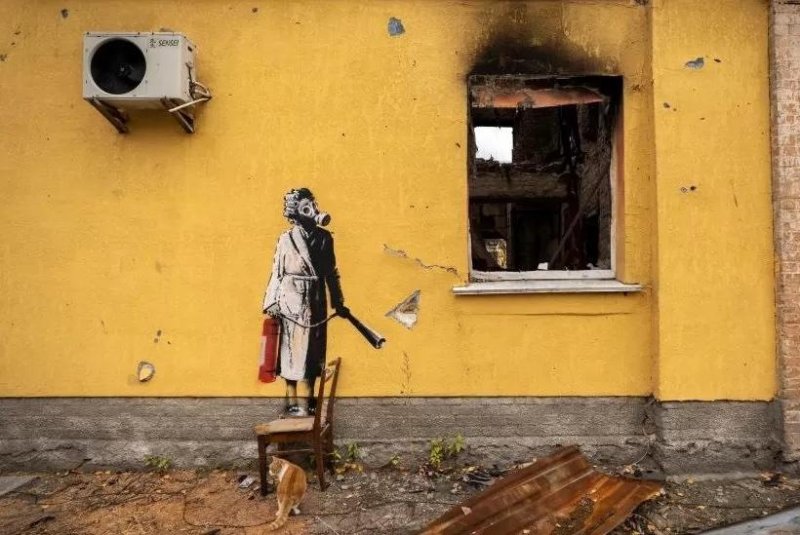Balochistan National Party leader Mengal raise concerns over gross violation of human rights in province
ANI

The head of the Balochistan National Party (BNP) and former Chief Minister of Balochistan Sardar Akhtar Jan Mengal raised concern over the gross violation of human rights in the province.
Speaking at a workers’ convention in Quetta he said that the party has adopted a clear-cut stand against the gross violation of human rights in the province and continuously neglecting the problems of the people by different governments, reported Pak vernacular media, Dunya Daily.
Mengal said that BNP has never made any secret pact with anyone, but always worked for the protection of the collective national interests of Balochistan and the Baloch community.
The BNP leader said that every inch land of Balochistan is sacred to them and it is their duty to protect it. He said that they will pressurize the rulers to do what the party had promised to the public. Mengal said that Quetta is the stronghold of the BNP, reported by the vernacular media.
“Today under a well-planned conspiracy false news and rumours are being spread to weaken the party. But all these attempts will fail,” said Mengal.
Meanwhile, Awami National Party (ANP) parliamentary leader Asghar Khan Achakzai said that they will not surrender in the struggle for the dignity of the Pashtun community and restoring peace in Balochistan, reported Pak vernacular media, Qudrat.
He added that if the unrest continued in Pashtun areas under a consolidated conspiracy then controlling youth would become impossible.
He was addressing a protest rally against the closure of the Afghan-Pak border and the problems people and traders are facing, reported the vernacular media.
The Pakistan-Afghan border in Balochistan which remained closed for over a week was reopened Monday, Geo News reported.
The Pak-Afghan border, also known as the “Friendship Gate” was closed last Sunday after an armed man opened fire from the Afghan side, killing a Pakistani soldier, the previous week.
The incident left two security personnel injured and prompted the closure of the border between the two countries at Chaman, Balochistan, Dawn reported quoting official sources.
He further said that no one would be allowed to do terrorism in Pakhtunkhwa. He criticized the government for not showing any concern for Pashtuns but exploiting the resources in Pashtun lands, reported Qudrat.
Pakistan’s defence forces have been conducting counter-insurgency operations, specifically targeting Balochistan Liberation Army members, in the Bolan area in the Kacchi district of Balochistan.
Cases of physical intimidation and enforced disappearances of the local Baloch population have significantly increased even as the offensive against the Baloch liberation force rages on, International Forum for Rights and Security (IFFRAS) Reported.
Reports suggest that there is continuous pressure on Pakistan from China to safeguard the China-Pakistan Economic Corridor and Chinese citizens that are involved in the project.
The mainstream media in Pakistan has remained silent on the issue and very limited information is available on social media. The alleged inhuman treatment of the Pakistan army towards Baloch citizens comes at a time when they are already suffering from food and water scarcity after the monsoon floods that hit Balochistan earlier this year.
Balochistan National Party leader Akhtar Mengal had accused the Pakistan security forces of carrying out fake encounters and enforced disappearance of Baloch locals.
Cases of fake encounter and disappearance grew by three folds during Imran Khan’s tenure as prime minister. This despite the fact that the Baloch National (Menghal) Party was in coalition with Imran’s Pakistan Tehreek-e-Insaf.
Collectively, these incidents have resulted in thousands disappearing in the Baloch province. IFFRAS reported, citing Voice for Baloch Missing Persons, an organisation that looks into missing persons, that more than five thousand people are still missing. The missing include students, activists, women and children, it said. (ANI)
This report is auto-generated from ANI news service. ThePrint holds no responsibility for its content.
Balochistan [Pakistan], November 22 (ANI)










